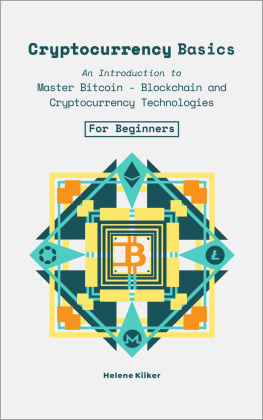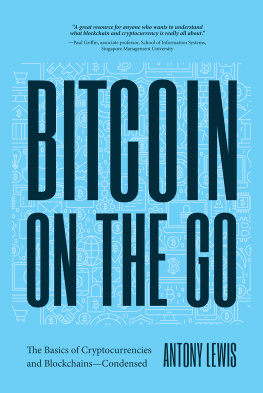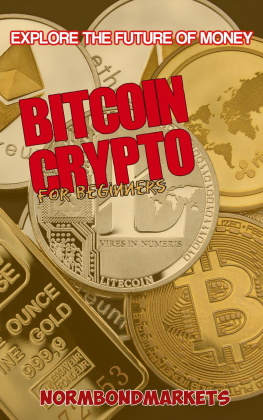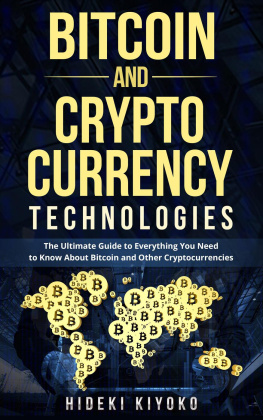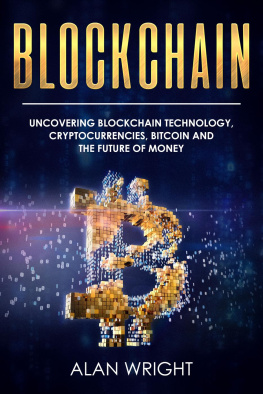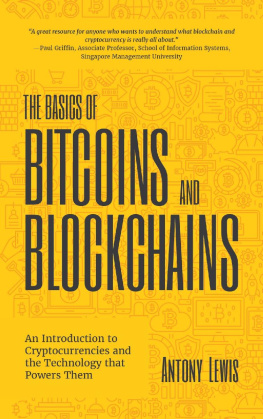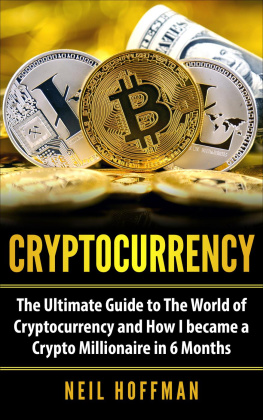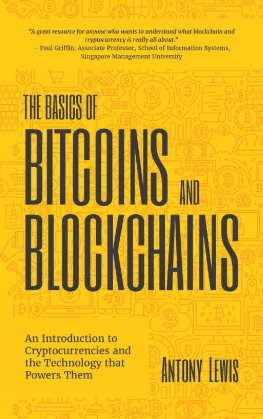Copyright 2021 by Helene Kiiker-AllAll rights reserved.
The following Book is reproduced below to provide information that is as accurate and reliable as possible. Regardless, purchasing this Book can be seen as consent to the fact that both the publisher and the author of this book are in no way experts on the topics discussed within and that any recommendations or suggestions that are made herein are for entertainment purposes only. Professionals should be consulted as needed before undertaking any of the actions endorsed herein.
This declaration is deemed fair and valid by both the American Bar Association and the Committee of Publishers Association and is legally binding throughout the United States.
Furthermore, the transmission, duplication, or reproduction of any of the following work including specific information will be considered an illegal act irrespective of if it is done electronically or in print. This extends to creating a secondary or tertiary copy of the work or a recorded copy and is only allowed with the express written consent from the Publisher.
All additional rights reserved. The information in the following pages is broadly considered a truthful and accurate account of facts and as such, any inattention, use, or misuse of the information in question by the reader will render any resulting actions solely under their purview. There are no scenarios in which the publisher or the original author of this work can be in any fashion deemed liable for any hardship or damages that may befall them after undertaking the information described herein.
Additionally, the information in the following pages is intended only for informational purposes and should thus be thought of as universal. As befitting its nature, it is presented without assurance regarding its prolonged validity or interim quality. Trademarks that are mentioned are done without written consent and can in no way be considered an endorsement from the trademark holder.
INTRODUCTION
Bitcoin is an intangible currency, or cryptocurrency, which allows its holder to buy goods and services on the Internet or in real life. Unlike conventional currencies, Bitcoin, like all virtual currencies, does not have a central bank or any central body or financial institutions to regulate it. Instead, Bitcoin relies on a large over-the-counter network on the internet. Bitcoin is, in a way, the fruit of the marriage between the idea of a P2P network (over-the-counter), cryptography techniques, and the concept of money. Result: Bitcoin, and in its wake, other cryptocurrencies, maybe giving rise to a new kind of financial system, a completely decentralized, completely free alternative monetary system.
The underlying technology of Bitcoin is the blockchain or blockchain system. It consists of storing and transmitting data in a secure, transparent, and inviolable manner. Each transaction is a block that is added to the others in an ever-growing chain of blocks that keeps track of all transactions.
This blockchain lives thanks to a network of computer nodes that makes it possible to use Bitcoin as a decentralized peer-to-peer digital currency. Any computer or device that connects to the Bitcoin interface can be considered a node.
It communicates with other nodes by transmitting transaction and block information.
Bitcoin is the work of a genius who calls himself Satoshi Nakamoto. That's all we know. It could be a man or a woman. It could even be several people, no one knows.
You might be wondering how many Bitcoins there are in the world. At the end of 2019, around 18 million Bitcoins circulated in the world (compared to 16 million Bitcoins in 2016 and 10 million Bitcoins in 2013), for a money supply of about 66 billion, against 229 billion in 2018 (year of all records), $6 billion in 2016 and $1 billion in 2013. Thus, over 85% of Bitcoins are already in circulation.
To the question of how many Bitcoins are left to be mined, the answer is just under 3 billion.
The number of Bitcoins in circulation is automatically set by a network of computer servers, called miners, scattered around the world. They take care of confirming transactions and adding them to a decentralized transaction log.
The volume of Bitcoins in circulation will reach precisely 21 million units in 2140. This is what the algorithm predicts.
A victim of its own success, the Bitcoin network, in its current configuration, will soon saturate, which risks be causing both traffic jams and degradation of service.
Faced with this danger, a solution seems to be necessary: introduce technical innovations in order to allow the network to absorb more traffic.
Moreover, it was in 2017 to try to find an alternative that the fork took place, which gave birth to Bitcoin Cash, created from a secondary chain keeping a common core with the main blockchain. The latter makes it possible to validate the blocks of transactions carried out much faster, at a lower cost, but it also mobilizes a much greater computing power than that required by Bitcoin.
HOW ARE BITCOINS PRODUCED?
This is where it gets a little technical - and a little weird. Bitcoins are "excavated", following a predefined algorithm.
They are found in lots of 25 units and reward the efforts of calculation aimed at finding the solution to what is very similar to a random mathematical problem. However, we are not talking about excavating or creating Bitcoins but rather about mining them.
Those who make Bitcoins are therefore called miners.
The role of the algorithm is to ensure that the progress of the Bitcoin stock is slower and slower, halving the reward every four years.
Thus, at the start of 2017, the reward fell to 12.5 units and then in 2020 to 6.25 units. At the same time, the level of difficulty of the mathematical problems to be solved increases over time, which has the effect of spreading the rewards.
The algorithm was designed so that Bitcoin behaves exactly like a rare commodity whose exploitation offers diminishing marginal returns. A bit like gold or oil, for example (easy and cheap to find at first, then more and more difficult and expensive).
To mine Bitcoins, it takes more and more time and resources (computing power, hardware, developers).
Result: although virtual, the supply of Bitcoins is constrained. The algorithm thus gives Bitcoin immunity against inflation.
In this, Bitcoin is the complete opposite of the Linden dollar, the currency of the Second Life online virtual world (remember?). The latter is produced by a central authority, a de facto monopoly, at its will, without any limit.
The scarcity of Bitcoin is one of the elements that gives it value. Another element is its usefulness as a means of payment.
WHAT IS BITCOIN HALVING?
Bitcoin halving refers to the phenomenon by which the miners' reward is halved every 4 years or so, or every 210,000 blocks excavated. The last one took place on May 11, 2020, and two halvings had taken place previously: July 9, 2016, and, again before November 28, 2012. The halving of May 11, 2020 increased the miners' reward from 12.5 to 6.25 bitcoins.
Halving, due to the scarcity of Bitcoin it entails, tends to drive up the price of the cryptocurrency.
HOW TO MINE BITCOINS?
Perhaps you are tempted by the activity of a miner, and you are wondering how to mine Bitcoins and above all, how many Bitcoins can you mine and in how long?
If the activity of miner could be relatively easy during the few years which followed the launch of the famous cryptocurrency, the computing power now necessary to mine Bitcoin is enough to discourage an individual from becoming a miner.

